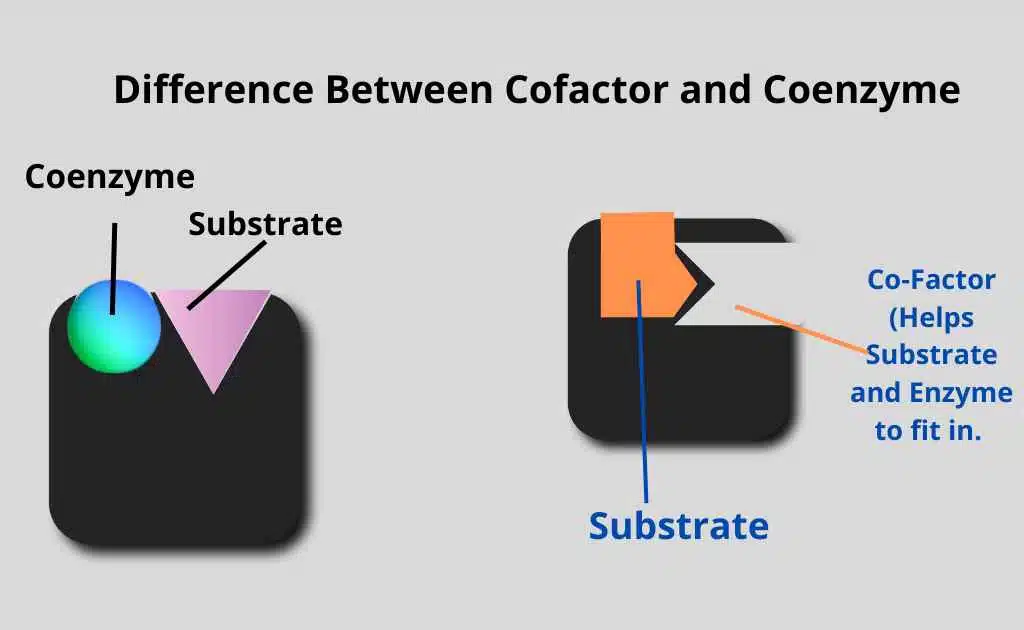Enzyme Inhibitors-Definition, Types and Examples
An enzyme inhibitor is a molecule that binds to an enzyme and blocks its activity. Enzymes are proteins that catalyze chemical reactions necessary for life, in which substrate molecules are converted into products. An enzyme facilitates a specific chemical reaction by binding the substrate to its active site, which accelerates the reaction.
What are Inhibitors?
The inhibitor is a chemical substance that can react (in place of the substrate) with the enzyme but is not transferred into products and thus blocks the active site of the enzyme temporarily or permanently.

Examples Of Inhibitors
Examples of inhibitors are poisons cyanide, antibodies, anti-metabolites, and some drugs.
Types Of Inhibitors
There are two types of inhibitors:
- Irreversible Inhibitors
- Reversible Inhibitors
Irreversible Inhibitors
Irreversible inhibitors check the reaction rate by occupying or destroying the active sites of the enzyme permanently.
- They form a covalent bond with active sites and occupy.
- They may physically block the active sites.
Reversible Inhibitors
Reversible inhibitors form weak linkages with the enzymes and block the active site temporarily. Their effect is completely or partly neutralized by increasing the concentration of the substrate.
They are further divided into two major types: competitive and non-competitive inhibitors.
Competitive Inhibitors
They have structural similarities with the substrate. So they may be selected by the binding sites of the enzymes But they are not able to activate the catalytic site. This product is not formed.
Example of Competitive Inhibitors
Succinic dehydrogenase is an enzyme. It converts succinic acid into fumaric acid (reaction of Krebs cycle). An inhibitor malonic acid blocks the active side of the enzyme. Now genuine substrate (succinic acid can attach to the active site.
Non-competitive Inhibitor
They form an enzyme inhibitor complex at a point other than the active site. It alters the structure of the enzyme. Now even genuine substrate cannot bind to this active site. Thus catalysis cannot take place.
Example of Non-Competitive Inhibitors
The most common example of non-competitive inhibitors is Cyanide. Cyanide is a deadly poison that blocks the production of ATP during aerobic respiration, causing death.
Related FAQs
What are Inhibitors?
The inhibitor is a chemical substance that can react (in place of the substrate) with the enzyme but is not transferred into products and thus blocks the active site of the enzyme temporarily or permanently.
What are the types of Inhibitors?
There are two types of Inhibitors;
Reversible Inhibitors
Irreversible Inhibitors
What are the examples of Inhibitors?
Poisons like cyanide, antibodies, anti-metabolites, and some drugs are examples of inhibitors.
What are the types of reversible inhibitors?
They are further divided into two major types of reversible inhibitors:
Competitive
Non-competitive inhibitors.







Leave a Reply